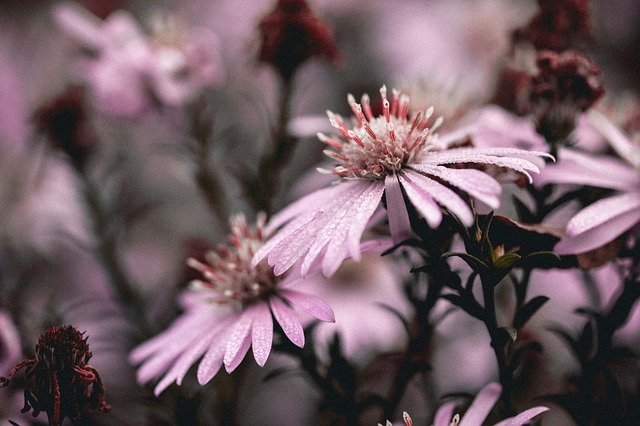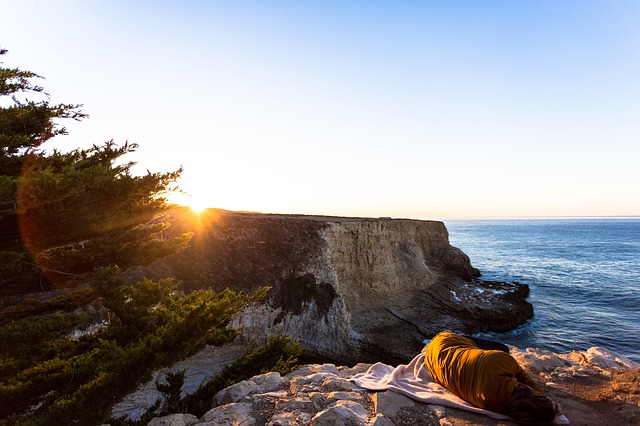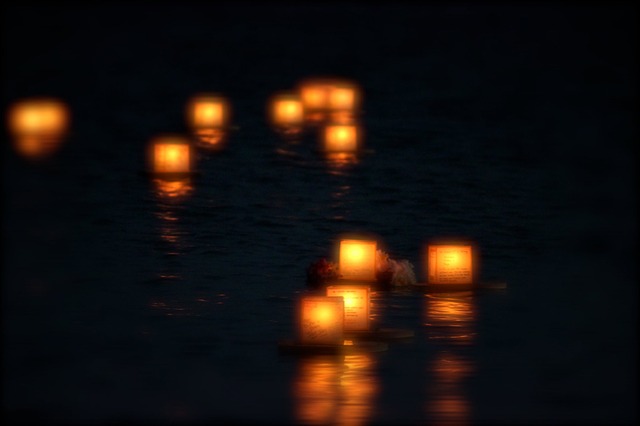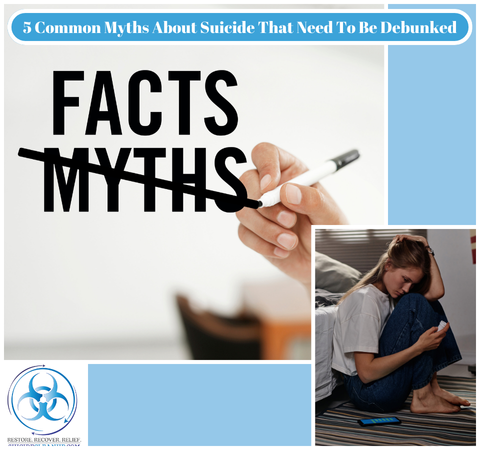
How to Cope With Stressful Life Events
December 20, 2021
What to Do When Someone Dies: The After Death Checklist
January 10, 2022Contrary to popular belief, suicide rates do not spike in the winter. In fact, suicide rates are at their peak average 33% during the Spring, and 29% in the Summer. The annual average is at its lowest in the Fall (18%) and Winter (20%). Where do these holiday season misconceptions stem from and how do we explain the spike during the warmer months?
Seasonal Suicide Statistics Lowest During the Holidays
Several misconceptions over seasonal suicides have emerged throughout the years. Most are centered around suicide rates being the highest through the winter and holidays. But in fact, suicide rates are at their average annual lowest during these seasons. Why is this? Because there’s quite a bit of factors that go into unraveling suicide statistics, there are no definite answers. There are a few theories as to why this may be, however.
Possible Explanations for the Seasonality of Suicidal Behavior
There are several theories that have been offered to explain the seasonality of suicidal behavior. Mental health is affected by several factors, fueled mostly by the nature vs. nurture debate. So, for the purpose of this article we’ll focus on the one that addresses both.
The Biochemistry Theory
Several studies have been conducted on how the body is affected during the different seasons, particularly with those struggling with clinical depression and bipolar disorder. Several studies found clear links with the body’s neurotransmitters, endocrine system, and immune system with the summer.

Adjusting to a healthy sleep schedule after coming out of the winter months is difficult–we start to sleep less. For those struggling with melatonin issues, it’s even harder to get the perfect amount of sleep.
Before we start to explain what these studies mean, let’s quickly review how important getting sleep is. Sleep allows the body to “reset” and metabolize, it also boosts our immune system functions. Remember, our immune system plays an important role in helping our body metabolize toxins and reset.
For those struggling with their mental health, insomnia can affect sleep and their bodies. When this happens, the body’s energy levels go haywire. In the worst condition, the body can’t rapidly detox, serotonin levels are depleted, and elevated hormone/energy levels puts the person at risk of a suicide attempt.
It appears that during the summer, the neurotransmitter responsible for inducing sleep (melatonin) is reduced, partially from the lessened sunlight exposure. This, in combination with sleep cycles compromised from a mental health condition, raises the frequency of suicidal ideation.
A Note On Seasonal Affective Disorder and the Holiday Season
Seasonal Affective Disorder (SAD) is a phenomenon that causes depression from a lack of sunlight. One thing to keep in mind: sunlight exposure is an indirect influence to melatonin levels. When there’s less light, there is a likelihood of higher melatonin levels. That means people tend to exhibit hypersomnia (opposite of insomnia) with seasonal affective disorder. When you sleep more, the energy/motivation to carry out tasks (especially one as exhausting as a suicide attempt) is lessened. Therefore, in the deepest winter months, there’s less of a risk for actually attempting the suicide.
The holiday season affects us differently as a complex social issue. News sources tend to overreport suicides during the holiday, further perpetuating myths surrounding suicide. In reality, there’s no difference between the holiday season or any other season. The perception of the holiday season as being miserable and stressful is real, but the real risk of suicide is much more complex on both a psychosocial and biological level.
If this article has helped you, please consider sharing it on social to reach even more people! Thank you!


